(13215 products available)





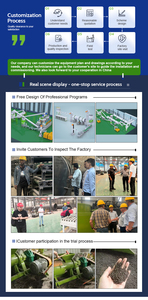




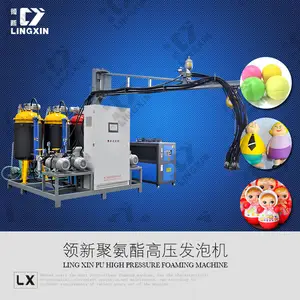


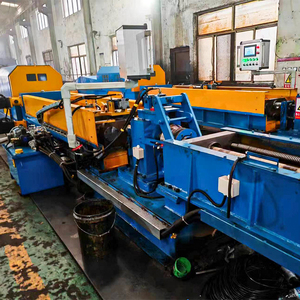

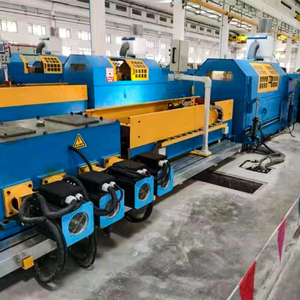


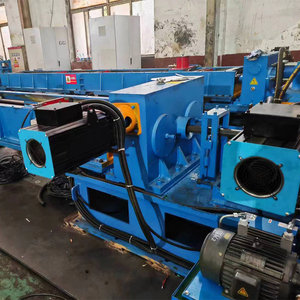

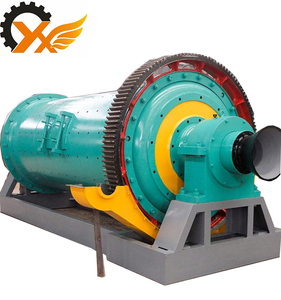

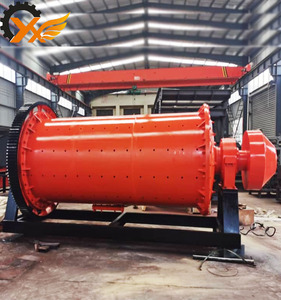

















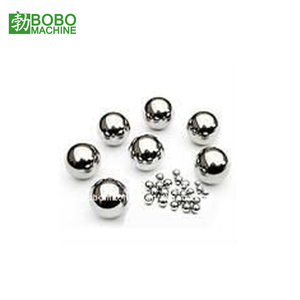



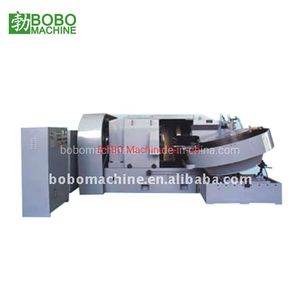








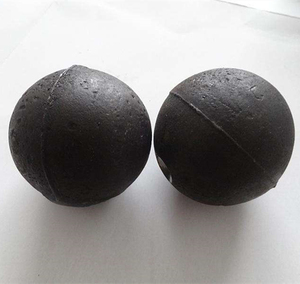





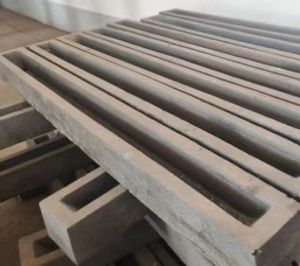




















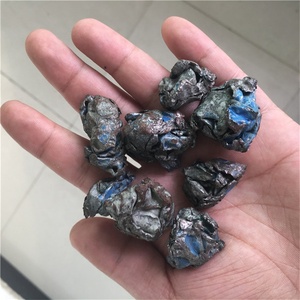
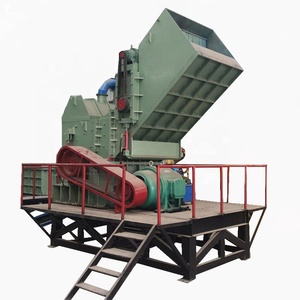


























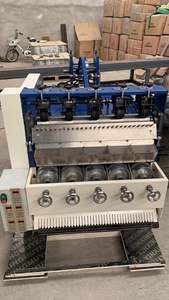












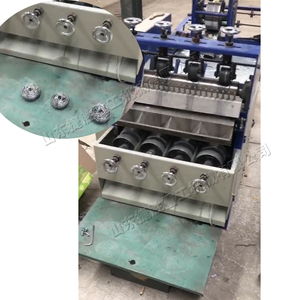
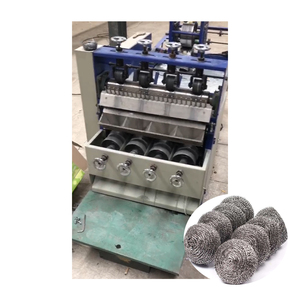

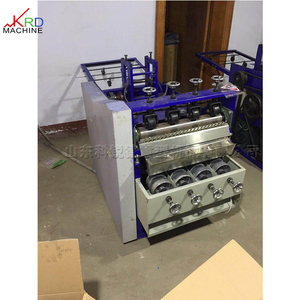
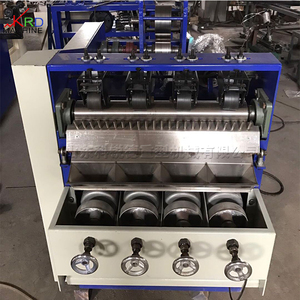













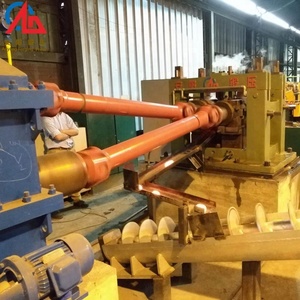













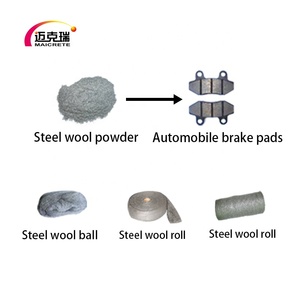

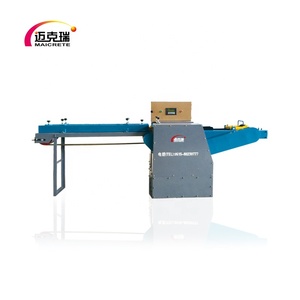
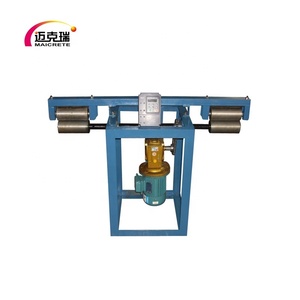












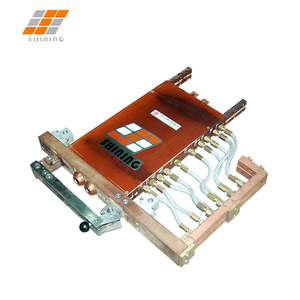




































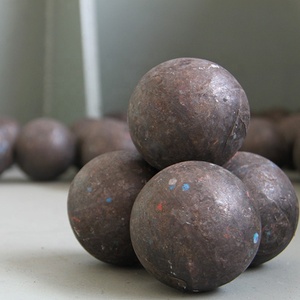
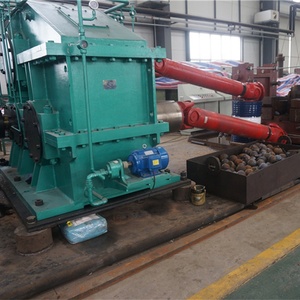
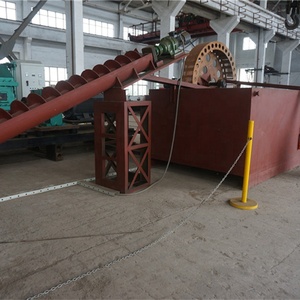

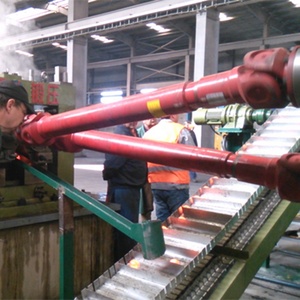









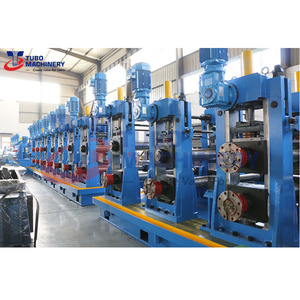







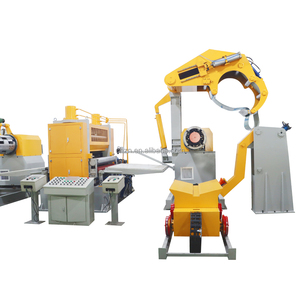




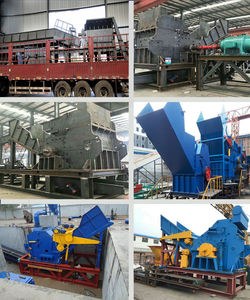


Depending on the purpose and capacity of the production line, there are several ways to produce steel balls.
Small Scale Production Lines
Some places can only make a few steel balls, so they use small-scale production lines. These have simple machines like cutting saws, drills, and manual lathes. Manual lathes let operators control them by hand, which costs less for small production. Also, small-scale lines use basic tools like washing and drying machines. Even though the small machines are limited to not making as many balls, they can still handle most of the making and treating steps.
Automatic Production Lines
Bigger factories use automatic production lines to manufacture a lot of steel balls. More complicated machines do many jobs by themselves, saving labor. Automatic lines have machines to cut steel, shape it into spheres with lathes, smooth it with polishers, and check the size, roundness, and surface with measuring machines. Since automation increases the flow, these lines use specialized gear at stations that can handle higher output compared to small-scale setups with hand tools.
Production Versatile Lines
Some big factories have large, flexible production lines that can make steel balls of different diameters. Depending on what is needed, these lines change the sizes of the cutting and polishing machines. The lathes on versatile lines also have automatic control systems that can easily reprogram for making different dimensions of balls. In addition, some of the more complex machines can mass-produce a particular size of steel balls. On average, up to ten times the amount is possible compared to average automatic production lines. However, it is necessary to customize the equipment for various diameters.
Specialized Production Lines
Some factories focus on making particular types of steel balls, like those with certain qualities. These lines use specific machines made just for them. For example, machines on specialized production lines can make steel balls that have higher accuracy by first cutting the steel into the correct shape. Then, they precisely shape it using CNC lathes and add different treatments depending on what kind of specialty steel ball is required. Also, specialized lines may have extra devices for giving the steel balls certain coatings, which are not on more general production setups.
Productive Capacity:
The yield of the entire production line, usually expressed as the quantity produced within a certain period.
Processes:
The production line may include multiple processes, such as raw material processing, molding, heating, cooling, surface treatment, inspection, packaging, etc.
Equipment:
The production line may include different types of equipment, such as furnaces, presses, crushers, grinders, magnet separators, heat treatment furnaces, etc.
Automation:
The degree of automation in the production line, including whether it is controlled by a computer system and the use of sensors and other monitoring devices, etc.
Quality Control:
Some production lines may include quality control processes and equipment, such as testing and sorting systems, etc.
In short, Steel ball production line needs routine maintenance to ensure normal operation and stable output. Please note that specific maintenance requirements may vary depending on the model and manufacturer's instructions. Therefore, it is essential to refer to the relevant manual for the equipment.
Steel ball production lines play a vital role in the manufacturing process of steel balls, which are commonly used in a wide range of applications.
Ball-wearing products:
Steel balls are the main ingredient for manufacturing ball-wearing products, which are widely adopted in machines, bicycles, automobiles, and many other fields.
Sporting goods:
Steel ball production lines can produce high-precision steel balls, which are the key ingredients for sporting goods such as basketball, golf, tennis rackets, and others.
Hardware tools:
Steel balls are commonly used in a variety of hardware tools, including locks, pulleys, spray bottles, grease fittings, and more. Steel ball production lines can produce steel balls of different specifications and models to meet the needs of different hardware tool applications.
Automotive parts:
In the automotive field, steel balls are often used in components such as transmission, valves, fuel injectors, and more. Steel ball production lines can provide high-quality steel balls to improve the performance and durability of automotive parts.
Electronics and sockets:
Steel balls are widely used in electronic products and connectors, such as micro-switches, speakers, electronic transformers, etc. Steel ball production lines can ensure the stability and reliability of the products by providing steel balls with consistent quality.
Construction and decoration:
Steel balls are also used in construction and decoration applications, such as curtain wall accessories, stainless steel handrails, and more. Steel ball production lines can produce steel balls that meet the requirements of strength and quality for use in construction and decorative projects.
Medical equipment:
Some medical devices also contain steel balls, such as sphygmomanometers, ultrasound machines, etc. These steel balls need to be produced by steel ball production lines to ensure their accuracy and reliability.
Aerospace and military applications:
In aerospace and military applications, steel balls are used in high-precision instruments, satellite components, missile systems, etc. These steel balls need to be produced by steel ball production lines to ensure their quality and performance.
Scaling the business:
The capacity of the diamond steel ball production line should match the scale of the business. Consider the current production volume and future expansion needs. It is essential to invest in a line that can meet present demands without going to overcrowded or exceeding capability.
Quality Assurance:
Choose a production line engineered to manufacture steel balls of consistent quality. Focus on key elements such as processing equipment, control systems, and testing capabilities. Additionally, ensure that the production line complies with the necessary ISO standards.
Flexible production:
The production line should be able to produce different sizes and varieties of steel balls to meet shifting market demands. This flexibility reduces the need for extra production lines, thereby streamlining operations and minimizing costs.
High-Efficiency :
While efficiency is paramount, it is also imperative to strike a balance between speed and quality. Rushing production can result in a higher rejection rate of defective steel balls, undermining the goal of efficient manufacturing.
Cost-effectiveness:
When analyzing the steel ball production line cost-effectiveness, it is essential to consider the total cost of ownership, encompassing the initial investment, maintenance expenses, and energy consumption.
After-sales support and service:
When buying a steel ball production line, focus on the supplier's after-sales support. Consider the range of services provided, including technical assistance, spare parts availability, and equipment maintenance. Choosing a supplier with reliable after-sales support ensures smooth operations and timely solutions to any issues.
Q1 Which raw material is used in the steel ball production line?
A1 Carbon steel wire is the primary material for manufacturing steel balls, which consists of iron and coal. In some cases, other materials add to it, like chrome stainless steel, manganese alloy, nickel, vanadium, tungsten, molybdenum, and carbon.
Q2. What kind of steel balls are made with the steel ball production line?
A2. The production line can produce different kinds of steel balls, including but not limited to:
Q3. What is the capacity of a steel ball production line?
A3. Depending on the ball size and the production line parts and quality, some lines can produce 1200 kg per hour, equivalent to 12 million 3/16 balls.
Q4. What is the overall process of the steel ball production line?
A4. The production line uses different parts to convert raw materials into finished products. The common process includes:
Q5. What is the downfall of not having a steel ball production line?
A5. Without a production line, manufacturers will have to use the manual methods to produce steel balls, which will be inefficient, uneconomical, and time-consuming.